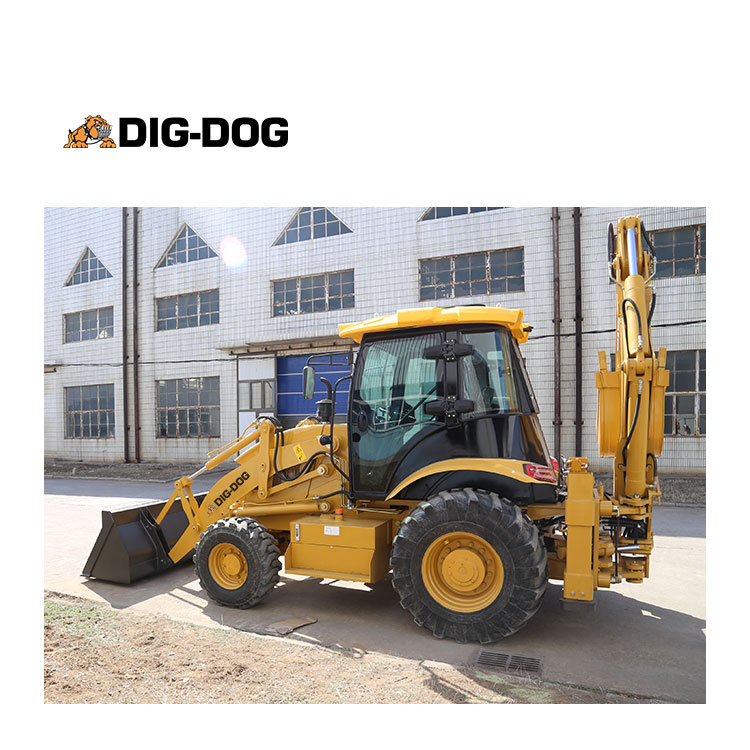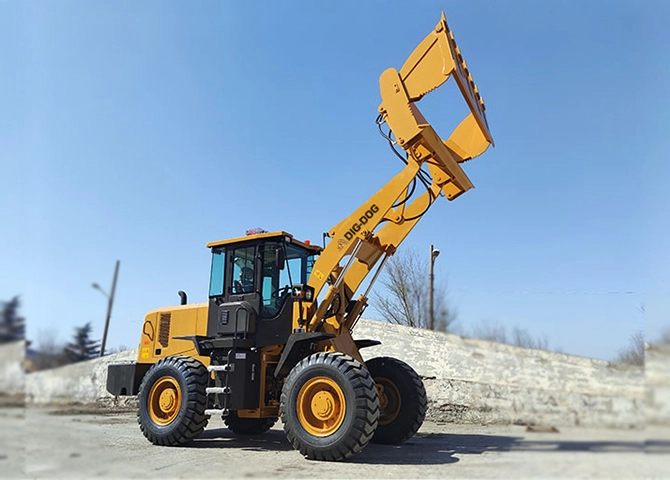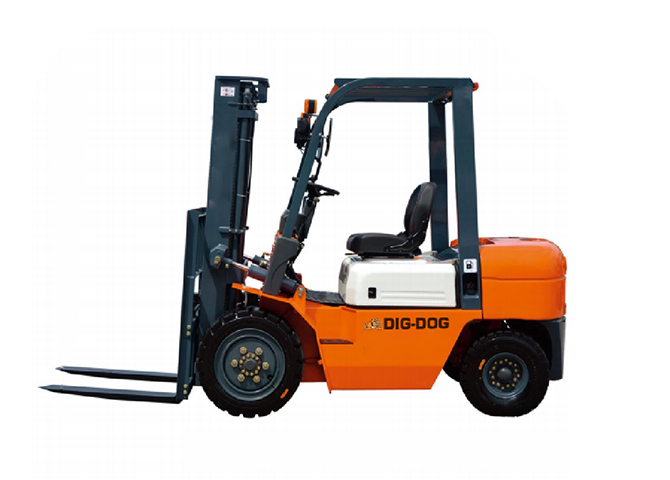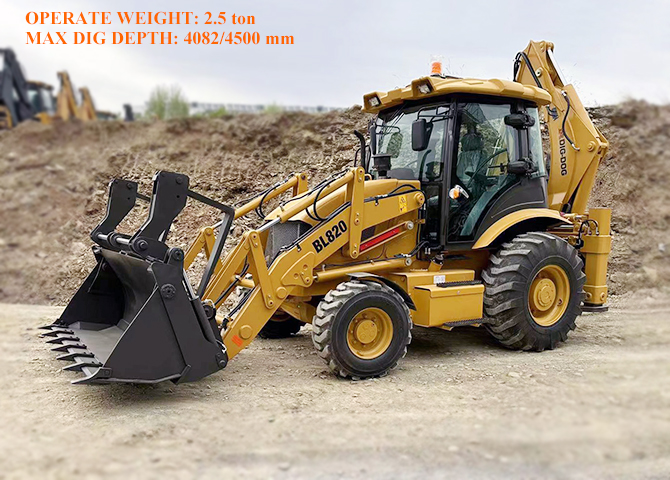Many types of heavy equipment perform similar functions, so understanding which type works best for which applications is vital to ensuring you have the right machine for the job. For example, backhoe loaders and excavators both perform the same basic function – digging – but the same can be said of a shovel and a spoon, and you obviously understand that those two tools are not interchangeable.
As with a shovel and a spoon, the primary differences between a backhoe and an excavator are their size, weight, and capabilities.
What Are Excavators?
Ranging between 3,500 and 200,000 pounds, an excavator is one of the larger pieces of construction equipment, typically used on industrial or commercial sites for a variety of applications. This includes:
· Clear areas in fighting fires
· Demolition
· Digging holes
· Digging trenches
· Dredge rivers
· Drive piles
· Grade soil for landscaping
· Lifting and placing objects
· Perform mining heavy lifting
· Brush cutting (with the proper attachments)
The operator may rotate the chassis and boom a full 360 degrees, one of the features that sets the excavator apart from other types of large equipment. An excavator comes with a variety of hydraulic attachments to enable different digging methods. Examples include auger, breaker, grapple, and quick coupler. This makes them ideal for medium- to heavy-duty jobs.
What Are Backhoes?
Taking its name from the fact that it pulls dirt back toward itself, the backhoe is typically much smaller than excavators, making these machines better for light- to medium-duty workloads. Its right to left rotation capability maxes out at 200 degrees, though it's still a highly flexible machine with its own list of attachments to perform a variety of digging functions. These include:
· Digging trenches
· Drilling deep holes
· Transporting heavy tools
Attachments include:
· Auger
· Breaker
· Grapple
· Tilt rotator
You find backhoes most commonly on farm sites, especially since the advent of the mini-excavator.
Major Differences
Despite the similarity in the tasks these machines perform, there are significant differences between the two pieces of equipment, beginning with design.
· At its most basic level, the backhoe is a tractor with a shovel (bucket) at the front end and a backhoe at the back end. The excavator, on the other hand, consists of a cabin set atop a rotating platform. Attached to the cabin are the boom, stick, and bucket.
· An excavator's cabin rotates whereas the backhoe's cabin remains stationary. Instead, the operator seat rotates to face whatever direction the backhoe does.
· Excavators weigh up to 90 tons, midi excavators weigh up to 10 tons, and mini excavators weigh up to 6 tons. On average, a backhoe weighs less than 10 tons.
· Mobility methods include tires for a backhoe and tracks for an excavator. Backhoe tires are quite large, leaving visible tracks in their wake. Excavator tracks are made of either rubber or metal and leave little visible sign of their passing.
· Rotation on an excavator is a full 360 degrees. Backhoes have a much smaller rotation at only 200 degrees.
· The excavator must be transported via carrier vehicle while the backhoe may be driven (up to 15 mph). This is why transporting an excavator adds significantly to the overall cost of the machine.
· The purchase price on an excavator is typically much higher than that of a backhoe. This price difference continues in terms of the cost of maintenance and transportation, with backhoes being far more affordable.
· Use a backhoe on smaller or constricted job sites, for lighter duty work. An excavator works better for larger, more open job sites with heavier duty applications.
 How To Choose The Right Compact Wheel Loader
How To Choose The Right Compact Wheel Loader
 How Much Does a Forklift Weigh?
How Much Does a Forklift Weigh?
 How Much Does a Backhoe Weigh
How Much Does a Backhoe Weigh
 How Much Does a Mini Excavator Weigh
How Much Does a Mini Excavator Weigh